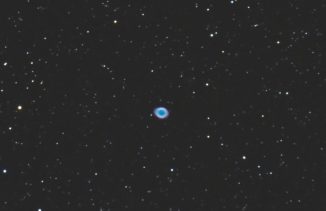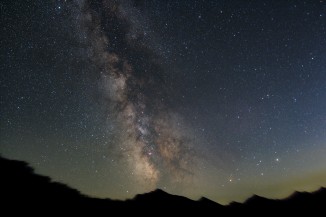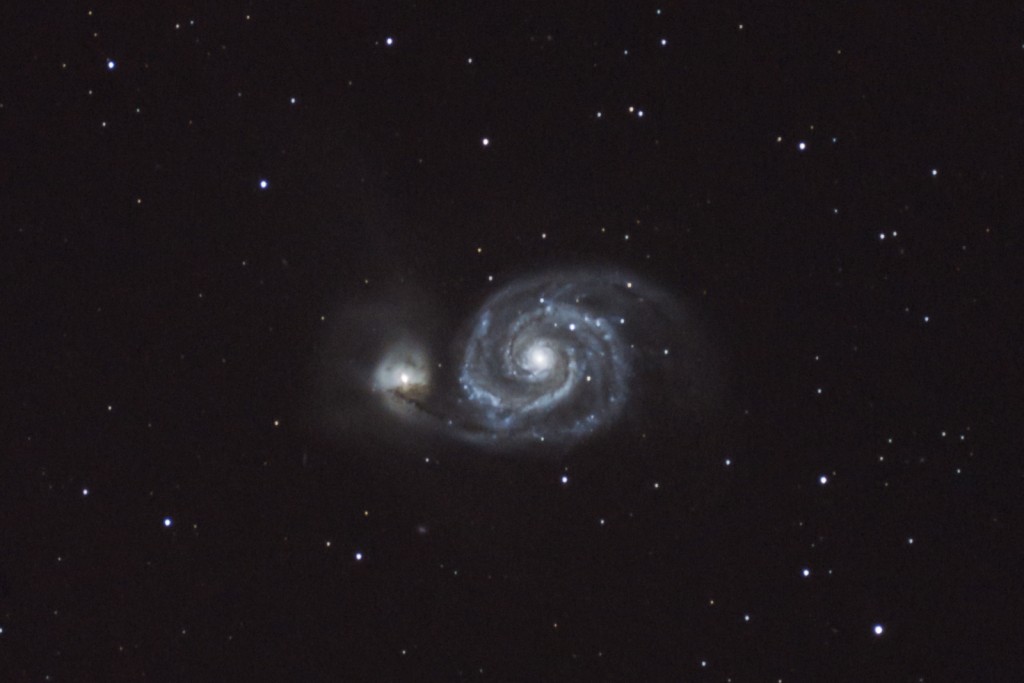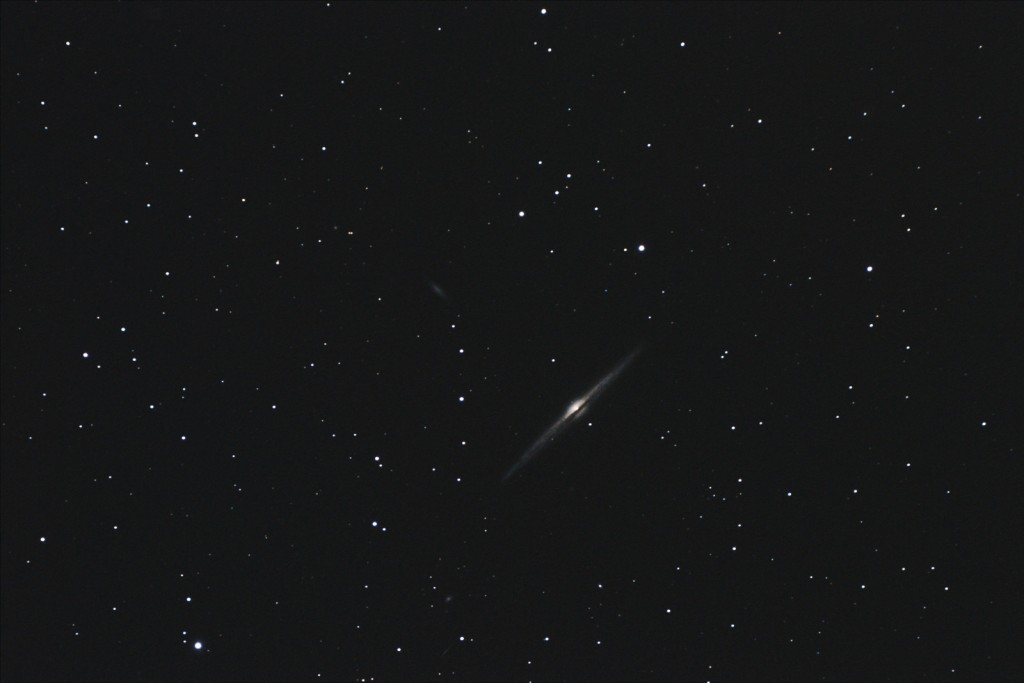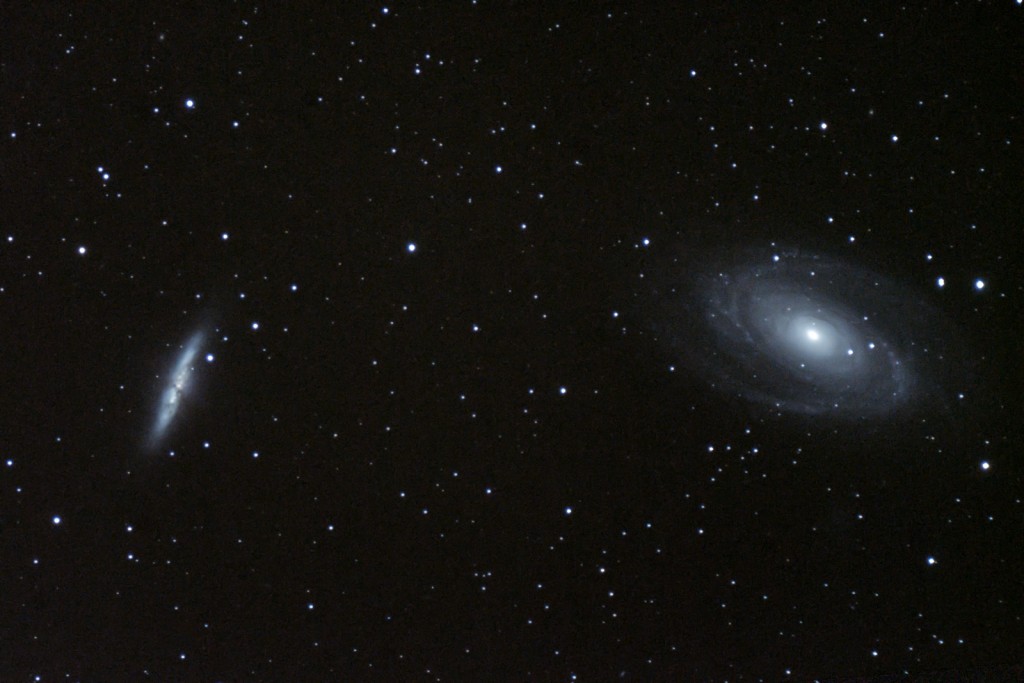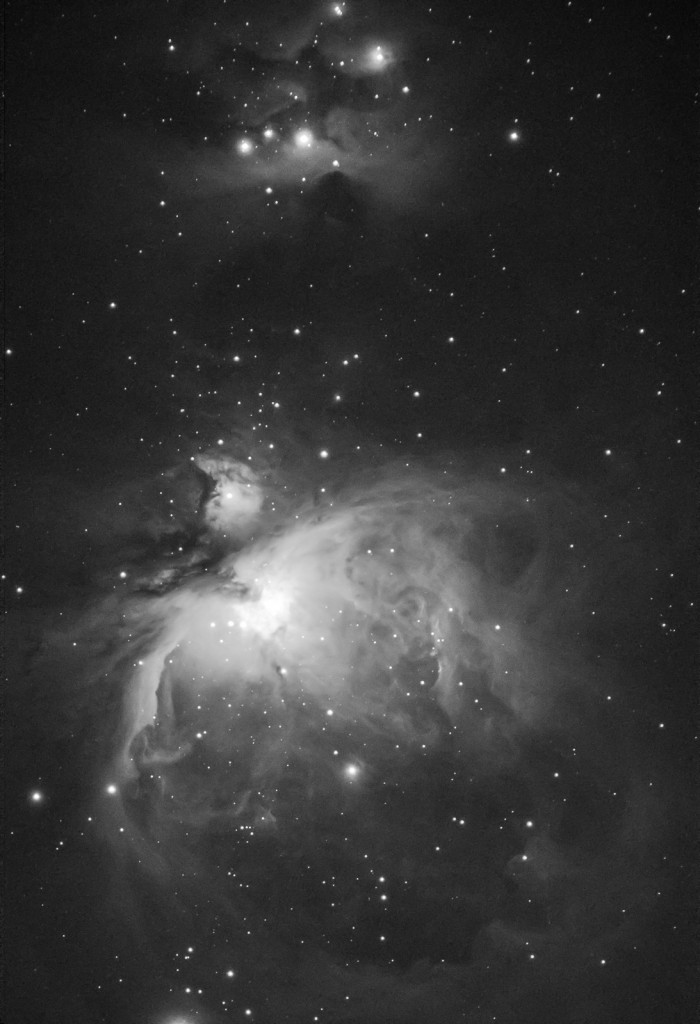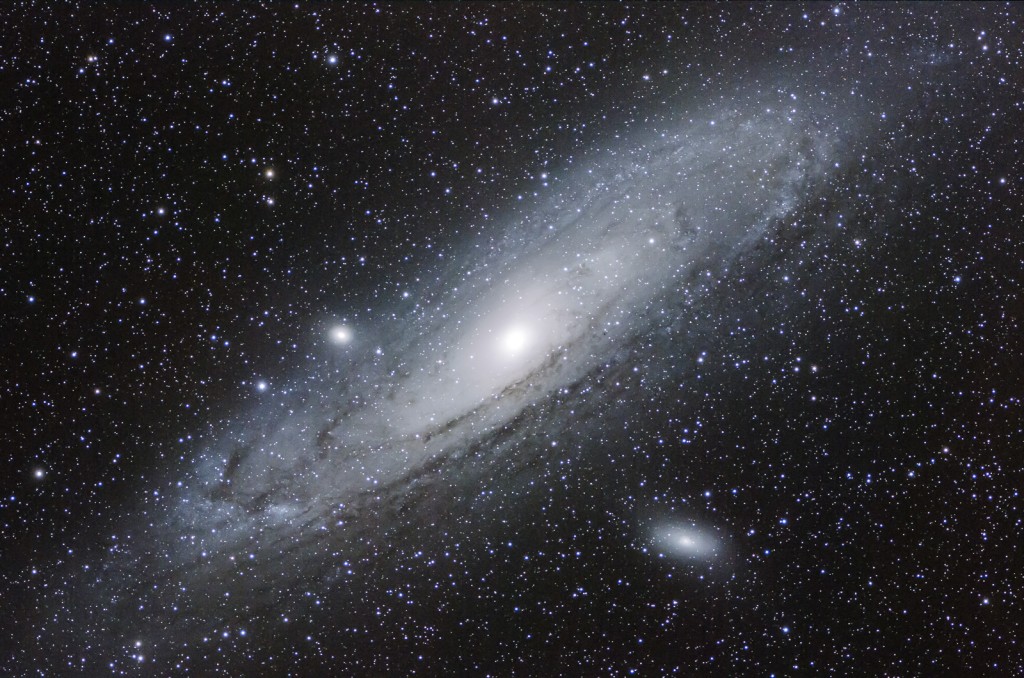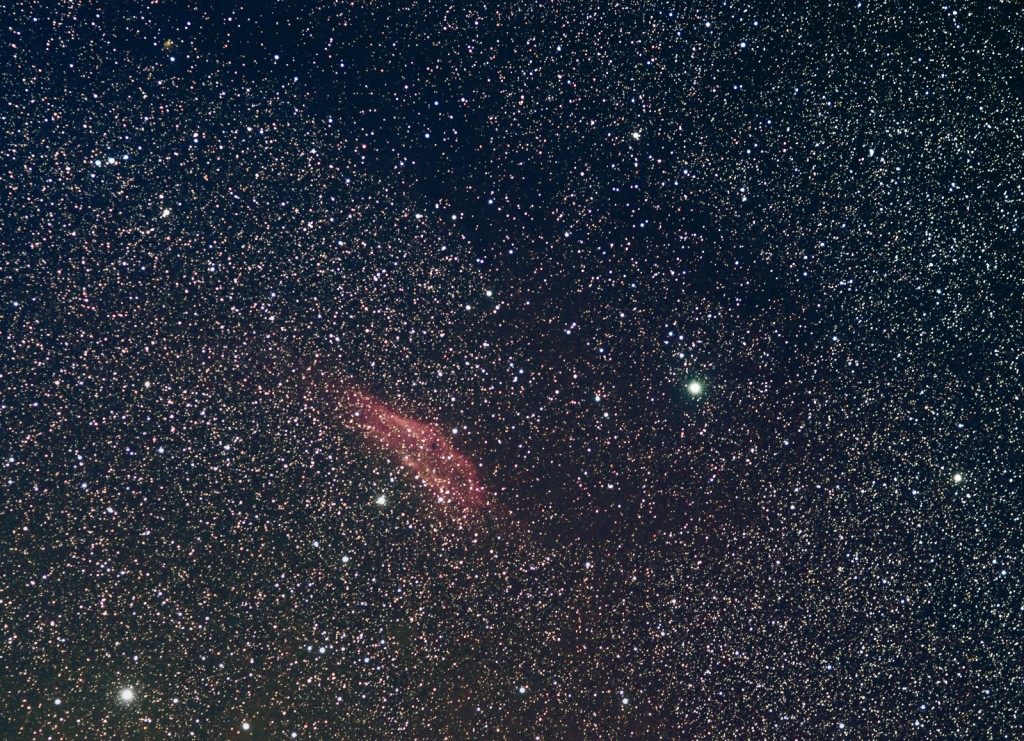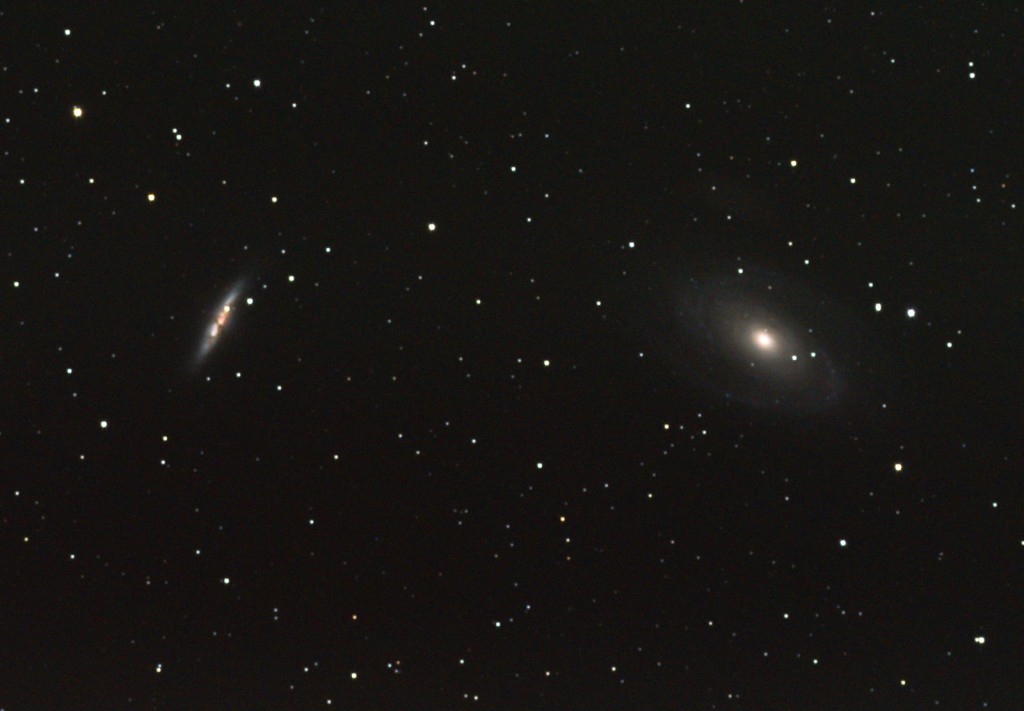In spite of bad seeing and strong gusts of wind I did set up the big refractor to do some astrophotography. I spent quite some time to get things running – in the end the spring galaxies were already too far west in the glare of the train station, so I switched my targets to two globulars and a planetary nebula. Here is a list of what went wrong:
- I wasn’t aware that the D750 uses a non-standard USB port on the camera, I had to search for half an hour to find the original cable
- the laptop I usually use has been upgraded to Windows 10, installing the drivers for the guiding camera did not work
- on the backup laptop guiding with PHD worked, but Backyard Nikon crashed and/or got no connection to the camera, I tried many combinations of USB extension cables, USB ports, removing the SD card, formatting the SD card, upgrading to BackyardNikon 1.0.5, in the end I focused using live view of the camera and used the built-in interval timer of the camera to shoot 30 second exposures…
- the seeing was really terrible, making focusing difficult, and bloating the stars during the exposure
- for reasons unkown (user error?) the quality setting on the camera was changed to FINE, so I only took JPEG images instead of NEF( Raw)
